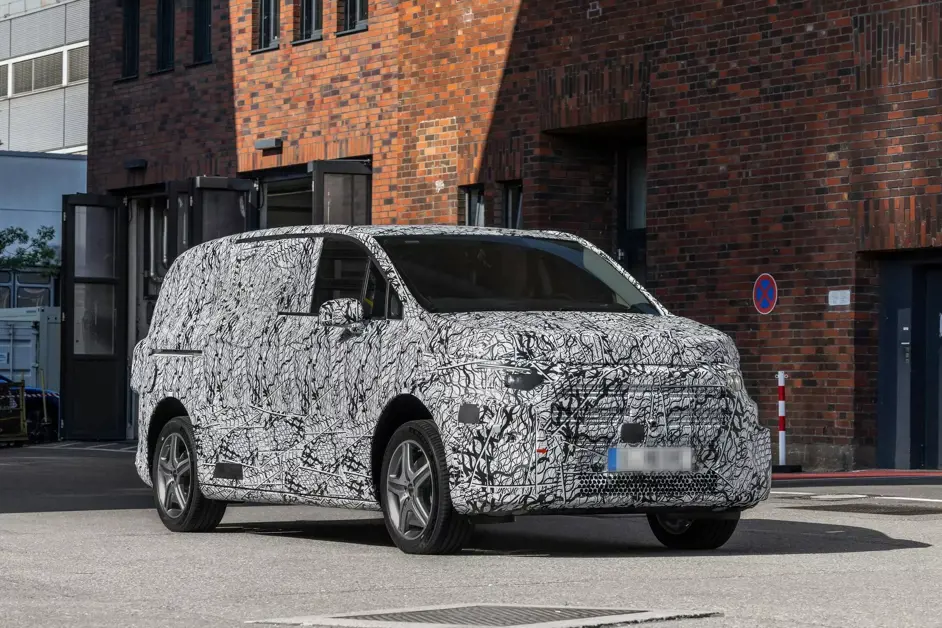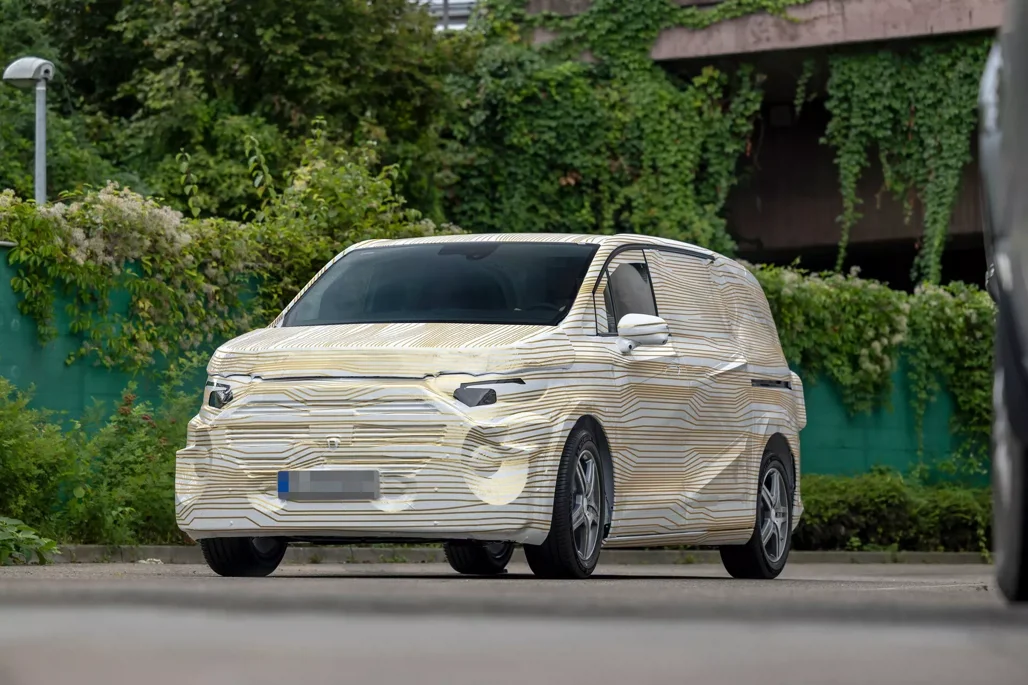Mercedes-Benz has revealed a glimpse into the future of its electric van lineup by releasing official ‘spy photos’ of its upcoming midsized models.
These prototypes, built on the brand’s modular and scalable VAN.EA (Van Electric Architecture) platform, are expected to usher in significant advancements in the van segment, with production models anticipated to roll out by 2026.
Modular platform, new design

The latest images show vehicles under heavy camouflage, but key design elements can still be observed.
The vans feature more refined bodywork, with updated headlights, flush-mounted door handles and a more upright front fascia. Side mirrors have been repositioned to the doors, while the rear design hints at a revised liftgate.

Mercedes-Benz has confirmed that all new medium and large vans will be built on the VAN.EA platform starting in 2026.
This architecture will allow for significant differentiation between private and commercial models, including "family vans to exclusive VIP shuttles to luxurious and spacious limousines for customers with the highest demands.”
Future tech

Mercedes is also pushing the boundaries of electric mobility with these vans, promising both front- and all-wheel-drive options, 800V technology and a 22kW AC charger.
The range for luxury private models is expected to exceed 500km, while the company plans to introduce a Level 2 autonomous driving system at launch, with Level 3 expected by decade's end.
On the commercial side, vans will feature extensive customisation options and a Level 4 autonomous driving system, aimed at revolutionising driverless transportation for businesses.
The future of electric mobility for Mercedes-Benz vans is set to deliver luxury, innovation and cutting-edge technology, but only if the company can overcome the engineering hurdles necessary to bring this tech into production.
For those in the market for a midsize van right now, Mercedes-Benz New Zealand continues to sell models like the Vito, V-Class, EQV and eVito.













